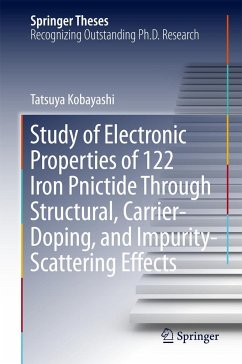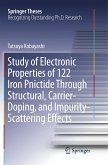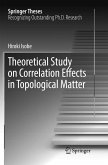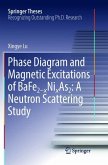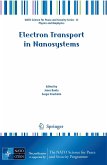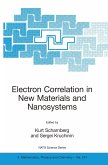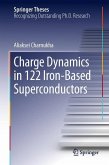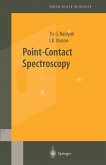This thesis presents various characteristics of 122-type iron pnictide (FeSC) such as crystal and electronic structure, carrier-doping effect, and impurity-scattering effect, using transport, magnetization, specific heat, single-crystal X-ray diffraction, and optical spectral measurements. Most notably the measurement on the magnetic fluctuation in the material successfully explains already known unusual electronic properties, i.e., superconducting gap symmetry, anisotropy of in-plane resistivity in layered structure, and charge dynamics; and comparing them with those of normal phase, the controversial problems in FeSCs are eventually settled.
The thesis provides broad coverage of the physics of FeSCs both in the normal and superconducting phase, and readers therefore benefit from the efficient up-to-date study of FeSCs in this thesis. An additional attraction is the detailed description of the experimental result critical for the controversial problems remaining sincethe discovery of FeSC in 2008, which helps readers follow up recent developments in superconductor research.
The thesis provides broad coverage of the physics of FeSCs both in the normal and superconducting phase, and readers therefore benefit from the efficient up-to-date study of FeSCs in this thesis. An additional attraction is the detailed description of the experimental result critical for the controversial problems remaining sincethe discovery of FeSC in 2008, which helps readers follow up recent developments in superconductor research.

